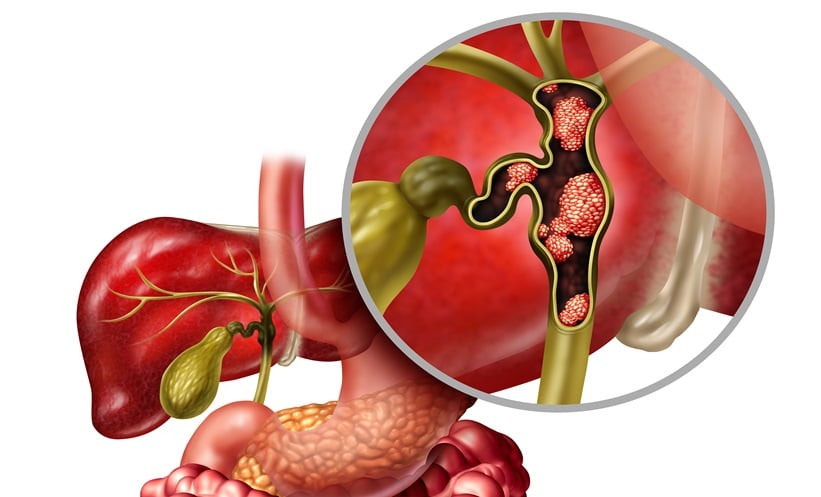PATIENTS who receive simultaneous liver transplant and sleeve gastrectomy achieve lasting weight loss, improved metabolic syndrome markers, and lower rates of diabetes and liver fat recurrence compared to liver transplant alone, according to a large multicentre cohort study. The combined procedure does not increase mortality or risk of graft loss.
Obesity and metabolic syndrome are increasingly common in people needing liver transplantation, particularly those affected by metabolic dysfunction-associated steatotic liver disease (MASLD). With traditional liver transplant alone, excess weight and related metabolic problems often persist or worsen after surgery, raising the risk of recurrent liver fat accumulation and associated complications. The feasibility and long-term benefit of performing weight-loss surgery at the same time as liver transplantation is now being closely examined.
Researchers compared outcomes for 72 adults who underwent both liver transplant and sleeve gastrectomy in one procedure, with 185 adults of similar starting weight receiving liver transplant alone. Follow-up lasted up to 13 years, with median durations of 41 months for the combined surgery group and 75 months for transplant-only patients. Participants who had the combined operation took part at hospitals following a unified treatment protocol. Both groups had similar rates of death and graft failure, indicating that adding sleeve gastrectomy does not compromise patient safety. Over more than nine years, people in the combined group saw significant and sustained reductions in body weight from an average BMI of 45.5, while the liver transplant-only group (starting BMI 34.0) showed no significant change. The prevalence of diabetes was consistently lower after combined surgery, with fewer cases of steatosis (fat build-up) and lower rates of hypertension at follow-up. Allograft steatosis and postoperative fibrosis were also markedly reduced after the combined procedure. Though few experienced complications like reflux or gastric sleeve leak, such cases were rare.
For clinicians, these findings suggest that simultaneous liver transplant and sleeve gastrectomy can be safely and effectively adopted, offering superior metabolic outcomes for patients with obesity and end-stage liver disease.
Reference
Larson EL et al. Simultaneous liver transplant and sleeve gastrectomy provides durable weight loss, improves metabolic syndrome and reduces allograft steatosis. Journal of hepatology. 2025;83(3):729 -37.








